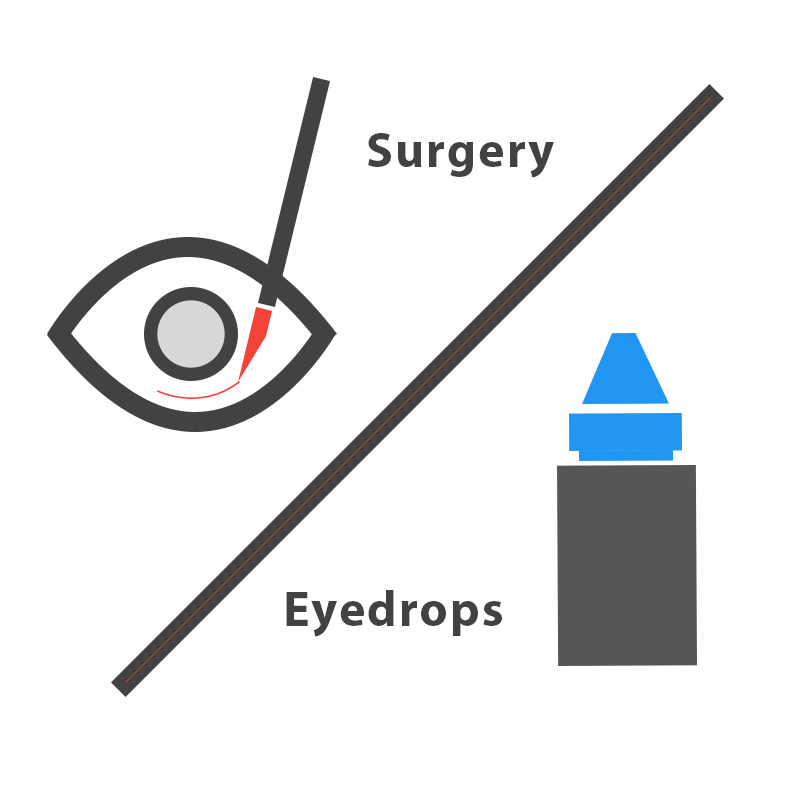Project Description
Cataracts are the leading cause of blindness today, affecting 20 million people worldwide (World Health Organization). Half of Americans above 80 years old are affected by cataracts (National Eye Institute), and many animals are too! The International Center for Eye Health projects that in 20 years, the number of cataract patients will increase to 400 million (International Center for Eye Health).
What are Cataracts?
The lens is mostly made of proteins called crystallins. Crystallin proteins are normally soluble, which keeps the lens clear and allows light entering the eye to focus. When these proteins are damaged, they form insoluble clumps (Truscott, 2005). This causes the clouding seen in cataractous lenses, which scatters light and in turn makes vision blurry (Figure Y).


Cataracts can be caused by many factors, including radiation and diabetes, but the underlying cause is oxidative damage. Oxidative damage happens when unstable chemicals containing oxygen react with DNA, lipids, and proteins, disrupting cellular functions (Truscott, 2005). In the lens, crystallin proteins can be oxidized by hydrogen peroxide (H2O2), which is a reactive molecule produced during aerobic respiration (Giorgio et al., 2007). H2O2 modifies protein residues and changes the shape of the protein. The damaged proteins then aggregate and form clumps in the lens (Truscott, 2005) (Figure X).
In the eye, a natural antioxidant called glutathione (GSH) exists, which can convert H2O2 into water (Giblin, 2000). With age, however, GSH levels decrease, and oxidative damage caused by H2O2 increases. When there is more H2O2 in the lens than GSH can remove, crystallins become damaged (Figure Z). When GSH levels are low, H2O2 starts to oxidize crystallins and cause cataracts. As lens cells age, they move towards the nucleus and their GSH levels all (Cvekl, 2014), which may explain why the older cells in the lens nucleus are more prone to developing cataracts (Figure A).


The current standard treatment for cataracts is surgery, which replaces the cloudy lens with a clear artificial lens. Surgery is effective, but like all surgeries, it is invasive and requires professional equipment and trained surgeons. These requirements add to the cost, which averages about $3,500 per eye in the US (Sigre, 2016), and is the biggest obstacle to solving cataracts worldwide. Through literature research, we found a molecule called 25-hydroxycholesterol (25HC) that can reverse protein aggregation. We hope to use this as an alternative to surgery to treat cataracts.

What is our Solution?
Our goal is to develop noninvasive, easy-to-use, and affordable eyedrops to prevent and treat cataracts. Patients who already have cataracts need to reverse protein damage. Through literature research, we found a molecule called 25-hydroxycholesterol (25HC) that can reverser protein aggregation.
Prevention
Through literature research, we found an enzyme that recycles oxidized glutathione (GSSG) into glutathione (GSH), which neutralizes H2O2 and prevents crystallin damage. This enzyme is called glutathione reductase (GR) (Ganea & Harding, 2006). Even though GR exists in the lens, its amount decreases with age (Michael, 2011). We produced GR for delivery into the lens and prevention of cataracts.



Treatment
We also found a molecule that can restore solubility of protein clumps and lens transparency. It is called 25-hydroxycholesterol (25HC) (Makley et al., 2015). 25HC can be produced from cholesterol, which is abundant in the lens, by the enzyme cholesterol 25-hydroxylase (CH25H). We produced CH25H for delivery into the lens and treatment of cataracts.

Citations

×
The tutorial is disabled.
Turn off prevention eyedrops to activate the animation. For a full tutorial, click the question mark.


